8th Sardinia Film Festival: Best Experimental Short
12th Black and White IAF: Best Documentary
FESTIVAL VITA
20. Internationales Filmfest Oldenburg 14. Kerry Film Festival
Rio de Janeiro International Short Film Festival
43rd Festival du nouveau cinema Montreal
7th Boomtown Film & Music Festival
8th Sardinia Film Festival
OpenEyes film festival
9th Lago Film Fest
HELD Film Festival
Ahoi! International Student Short Film Festival
Kino Fest International Digital Film Festival
Magma – mostra di cinema breve
6th FIDÈ Film Festival Brazile
Nacht des radikalen Films
Festival Alternative Film/Video 2013
Cinema Perpetuum Mobile Film Festival
Dokumentarfilmwoche Hamburg
Ljubljana International Short Film Festival
20. West-Östliches Filmfestival Berlin
Kimera International Film Festival
Werkstatt der Jungen Filmszene
Aeroe Short Film Film Festival
The Valley Film Festival
Orlando Film Festival
Panama Plus – Arts + Subculture Festival
PSSST! Silent Film Festival
6th Wordless Int’l Short Film Festiva
9th The Hague – Streaming Festival for Audio and Visual Art
9th Florida Experimental Film/Video Festival 2015
12th Black and White International Audiovisual Festival
Hammerbrook Film Fest
11. Nonfictionale Bad Aibling
On a first level Arne Körner’s film is radically simple, on a second not really. Starting with the simplicity: Things are seen in cinema and on TV mostly in connection with people. A cup of coffee in the hand of a police officer, a mobile phone at the ear of a diva, a table where a family is meeting. The audiences view is fixed on the artists so that things mostly move to the background; they become mere accessories. Arne Körner takes a completely different way. His attitude and the special charm of his film “Surrounded“ is that things are the main character; a machine and what can be manufactured by it. Arne Körner makes these things to talk in a way only this film can do.
In the beginning we can see a machine and its environment. Soon it becomes obvious that vinyl records are being pressed. We can see working processes showing the biography of a record; the progression from a pile of vinyl grains to the complete record, ready to be played. But Körner does not just film these steps. None of his pictures correspond with those we know from film or TV where work and pictures of things are shown again and again and have become aesthetically boring clichés. Körner‘s elaborate camera work and montage cause every moment watching the things captured to become a cinematographic event like the beauty of the texture of the walling or the amount of white plastic grains becoming an abstract and impressive picture in motion. To make us seeing things new and different in this cinematographic way makes the documentary artistic value of Körner’s film.
Furthermore his pictures are eminently physical, the observer has sensual experiences with various materials (Concrete, glass, metal, vinyl), physical conditions and temperatures. This can be seen as a hint that there are still unique possibilities of the medium film beyond the completely digitalized and computer generated picture.
The experimental: Obviously the machines and technology shown have become outdated. This statement takes us to a second level, the brilliant sound of the film. Several things happen, i.e. Arne Körner gives some discreet hints; with other words material for thought. Towards the end of the film sounds from the legendary American music experimenter John Cage can be heard. As is well known his music has stopped showing perfect harmonies. Instead in line with our disrupted time as Cage says it is nearly becoming silent, quieting down. When directing the sound from Cage towards the things the film shows (the vinyl record and its production) it imposes the thought that it is just short of falling silent too. No happy end. The reasons we viewers can only guess.
To explain the orientation of his film Arne Körner refers to Sergej Tretjakow. The Russian had suggested that people should be taken from centre stage but instead things should receive filmic attention. Another author can be drawn forward to underline the artistic value of “Surrounded“. Siegfried Kracauer says one of the attributes of a movie camera is to much better show us the world around us then our perception of everyday’s life. This is especially true for things that are an imminent part of our surrounding but our view is not really used to and therefore neglects. Arne Körner does precisely so; he lets things, production processes that are mostly invisible to us get effectively justice by presenting them. He makes them visible and wrestles them from oblivion.
It is quite possible to imagine a time when the technology of the vinyl record which is intertwined with the life of so many of us and which fed our desires ceases to exist and possibly becomes only visible in films. Amongst many others Arne Körner’s remarkable filmlet “Surrounded” is part of the archaeology of disappearing things.
Michael Girke
